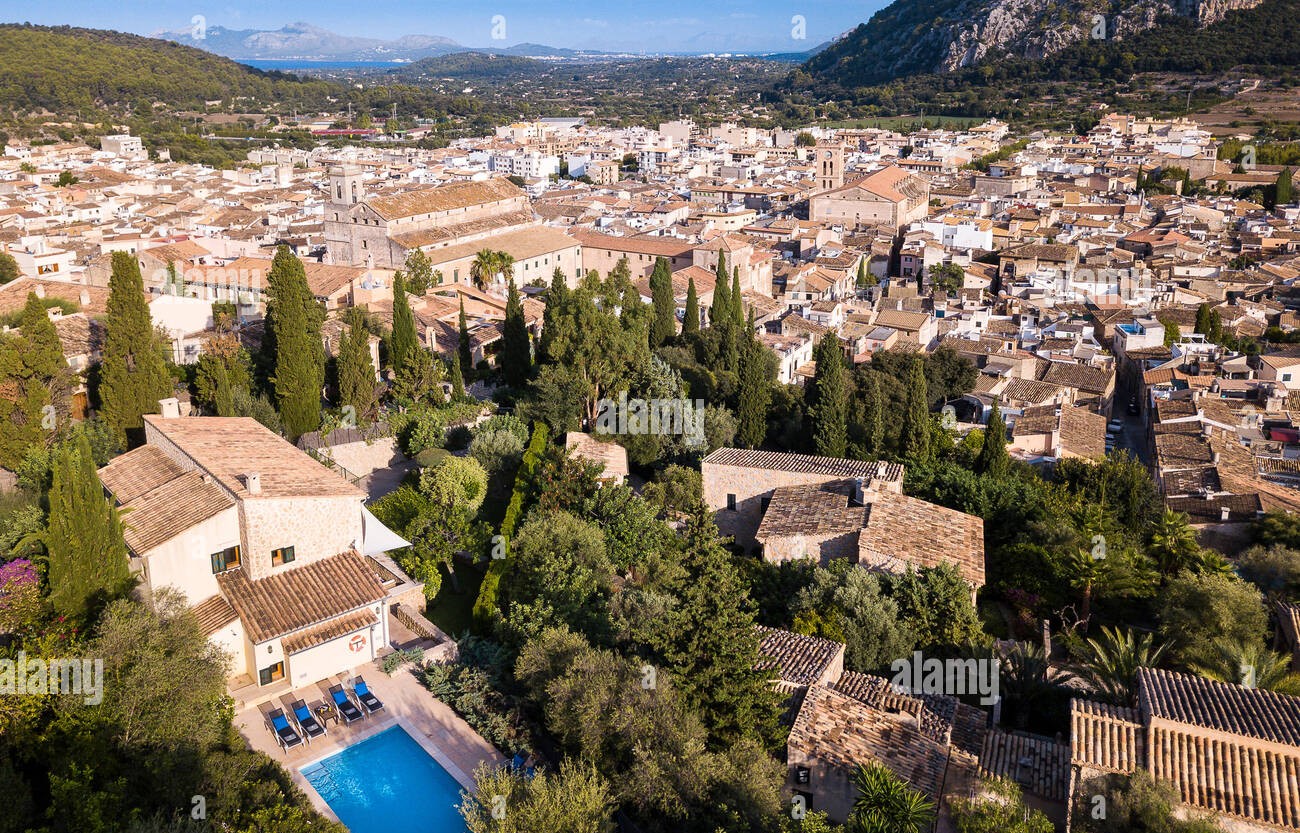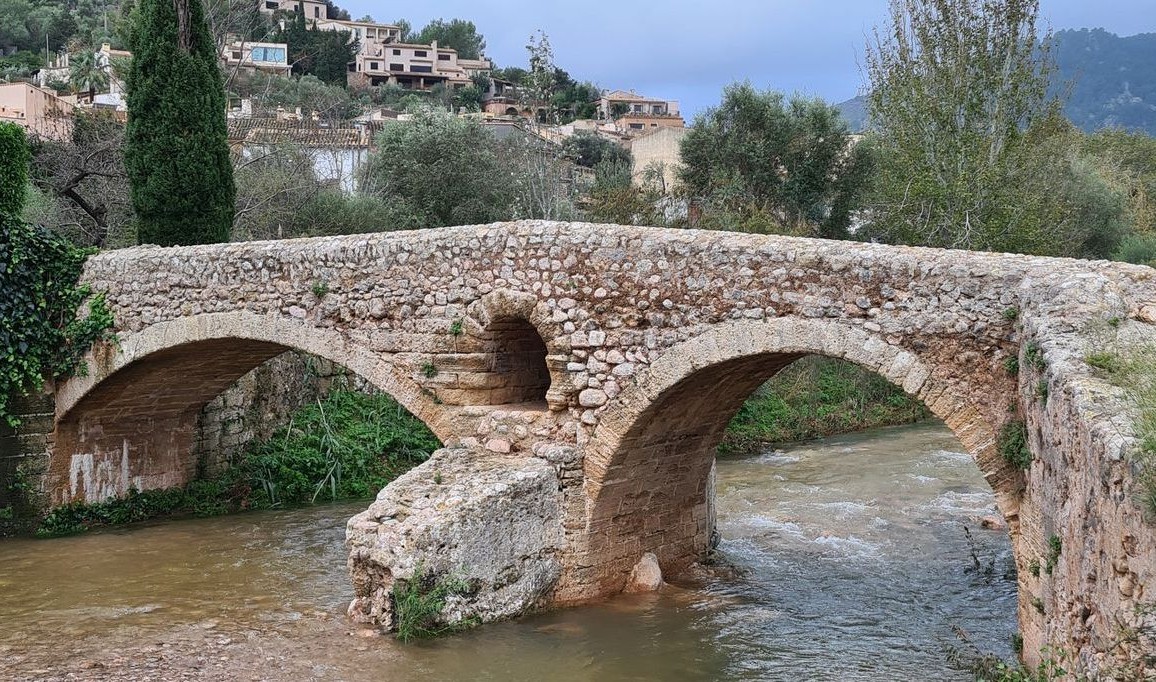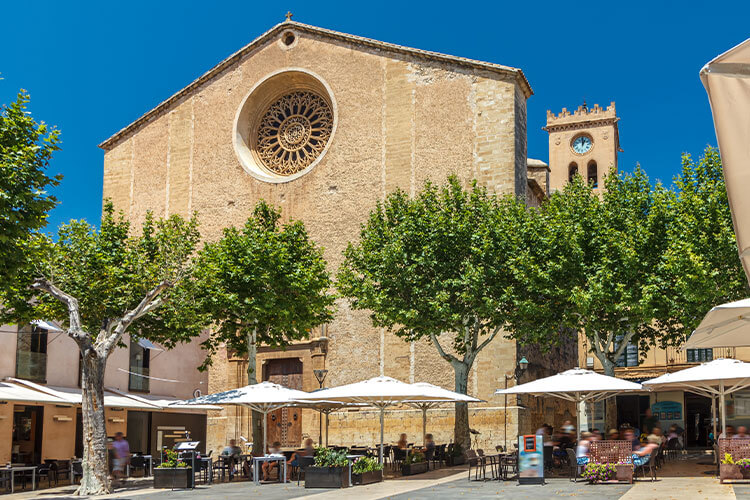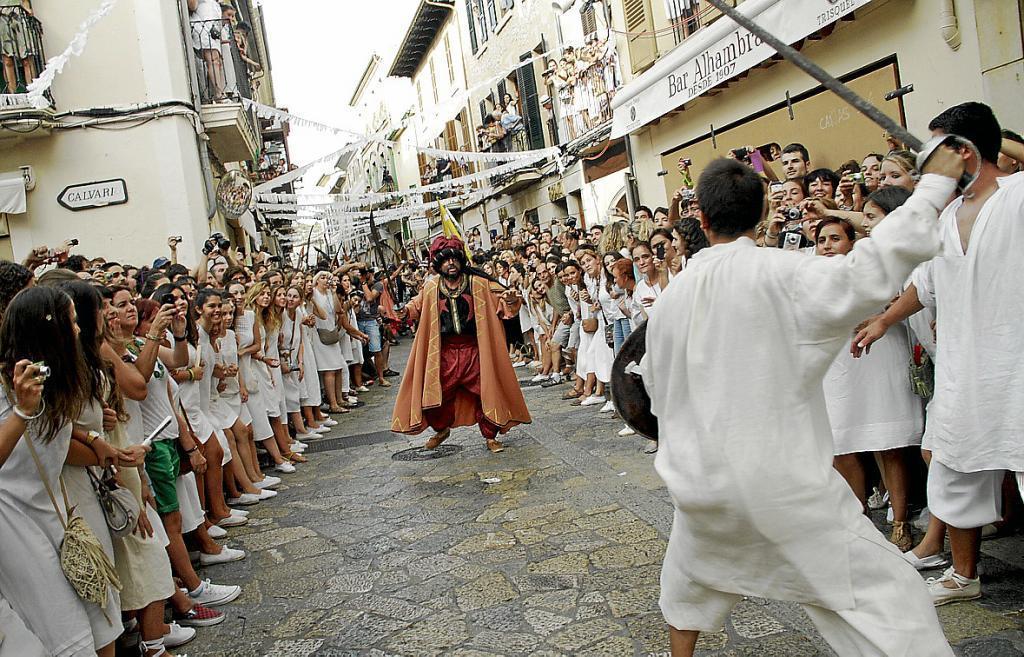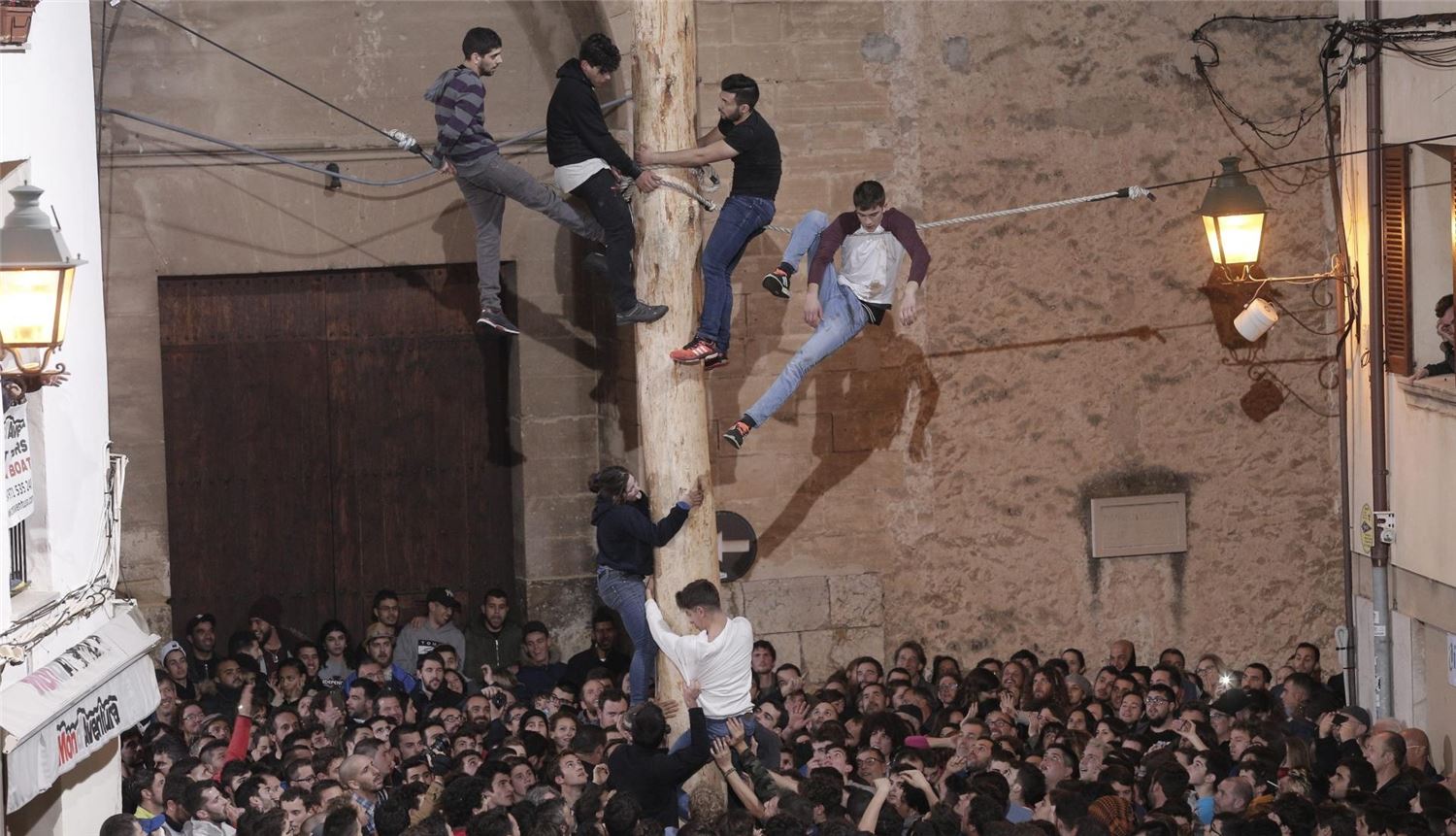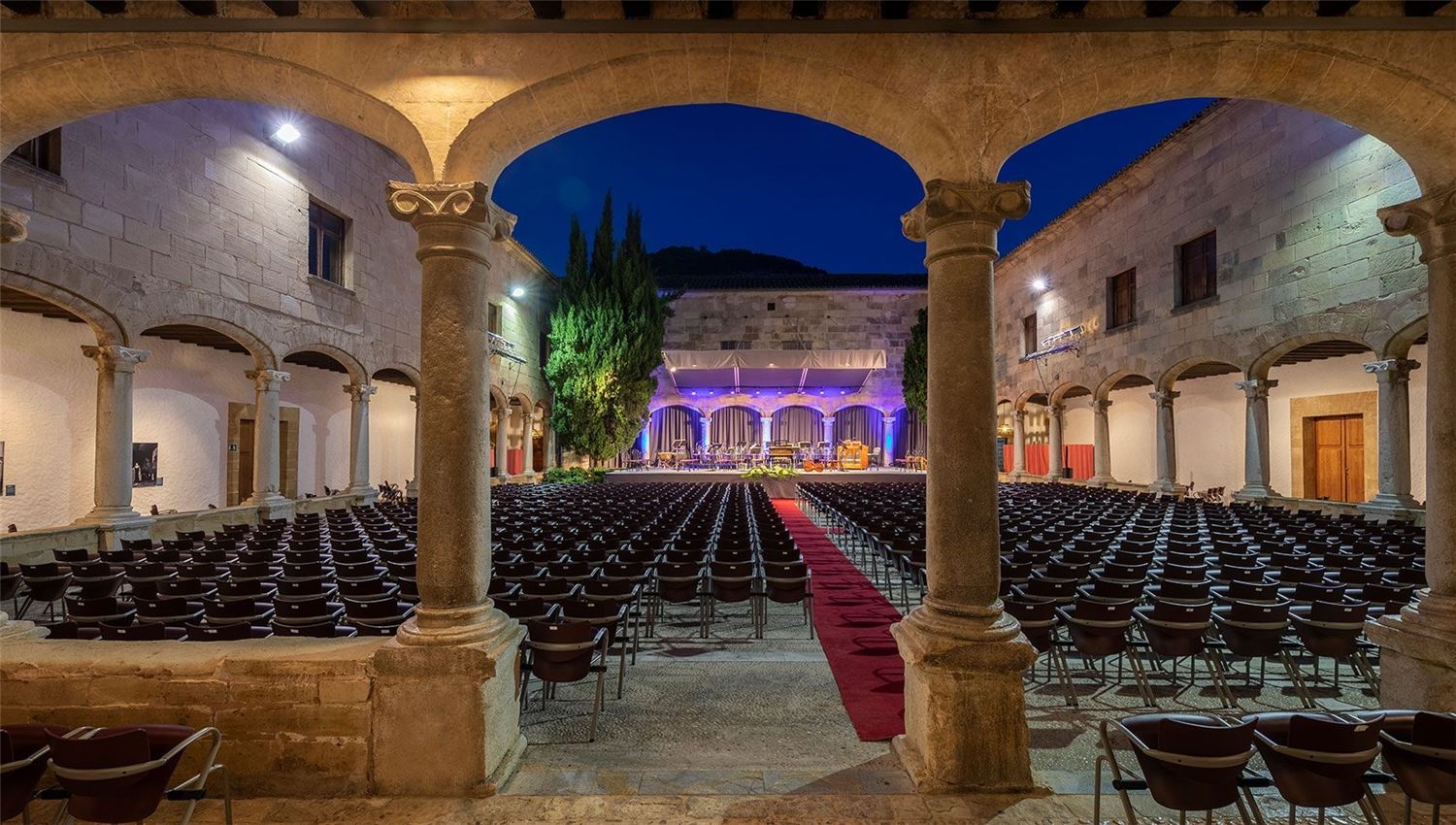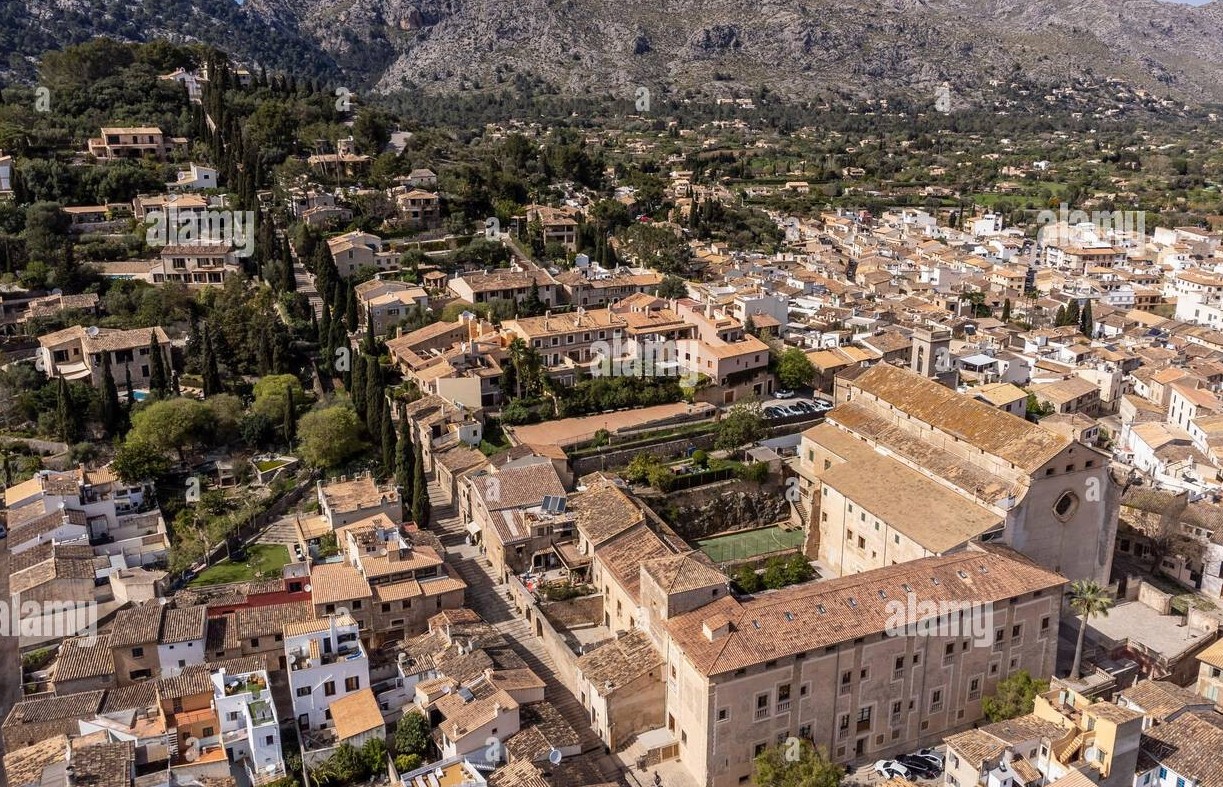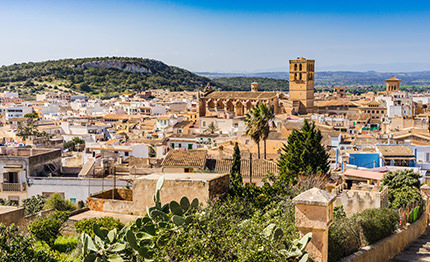Situated on the northeast coast of Mallorca Pollenca is made up of three areas of population, Pollença (Old Town), Port de Pollensa and Cala Sant Vicenç. It is one of the most beautiful areas on the Island comprising steep mountains and deep valleys, beautiful beaches and sea views, wonderful countryside and quaint cobbled streets with medieval architecture.
The region is rich in history, arts and culture whilst at the same time providing all the normal activities and amenities which are expected by today’s discerning tourist. This coupled with the diverse nature of the area’s flora and fauna attracts walkers, hikers and birdwatchers as well as those just wishing to relax in the sunshine or swim in crystal clear waters.
Located just a few miles inland from Puerto Pollensa, the small town of Pollença dates back to the 12th century when it was first settled by Moors from North Africa. The Moors built irrigation systems around the town and established a rich agricultural environment to support its inhabitants. From local archaeological discoveries it is believed that the area was initially occupied as far back as 2000 BC.
